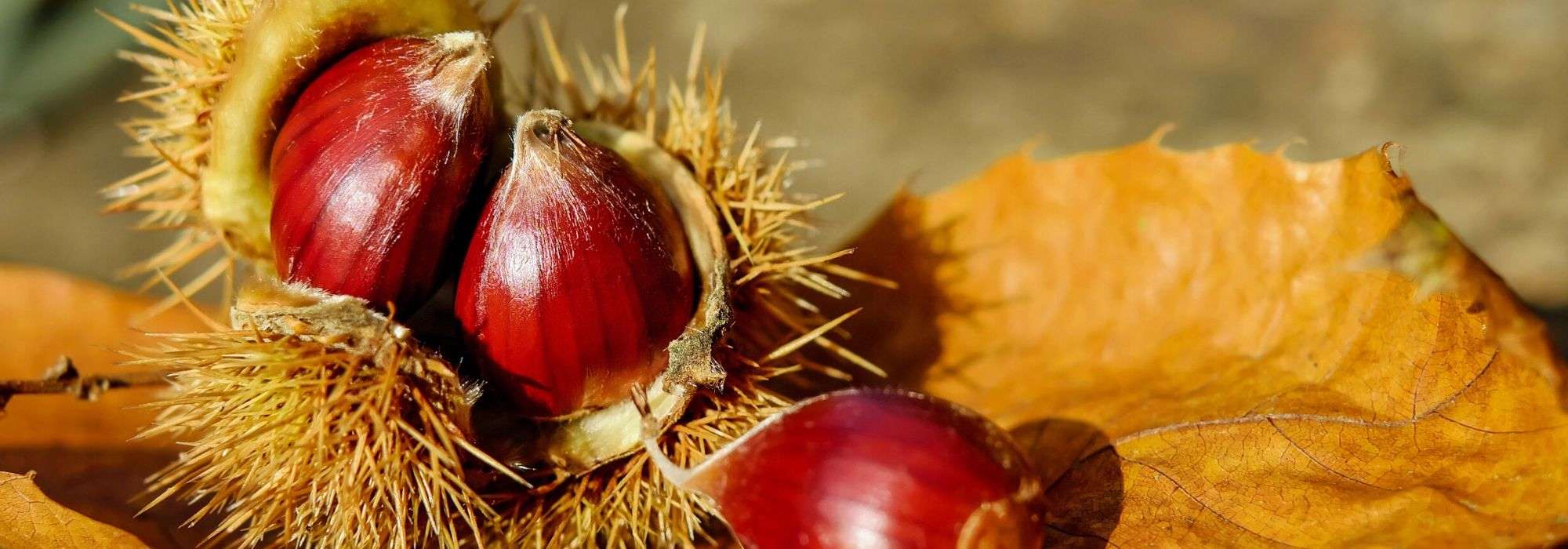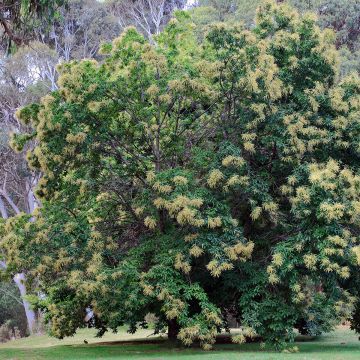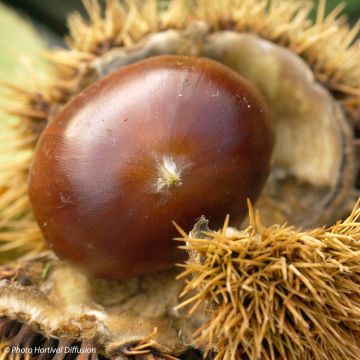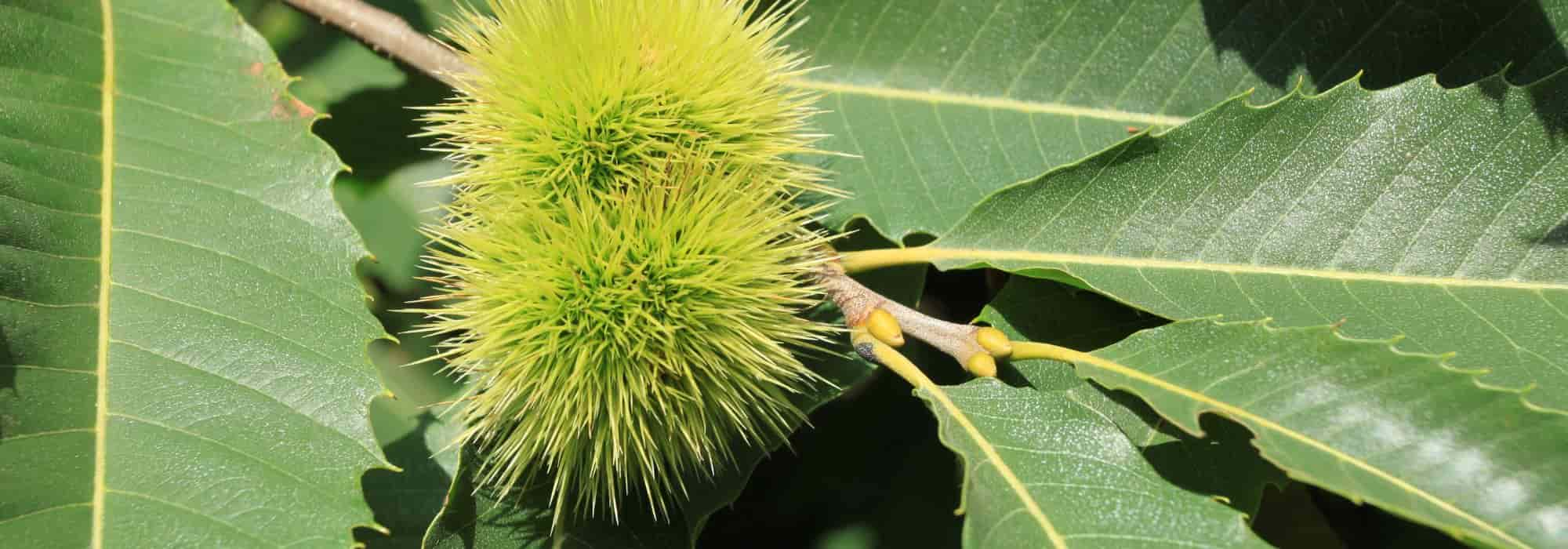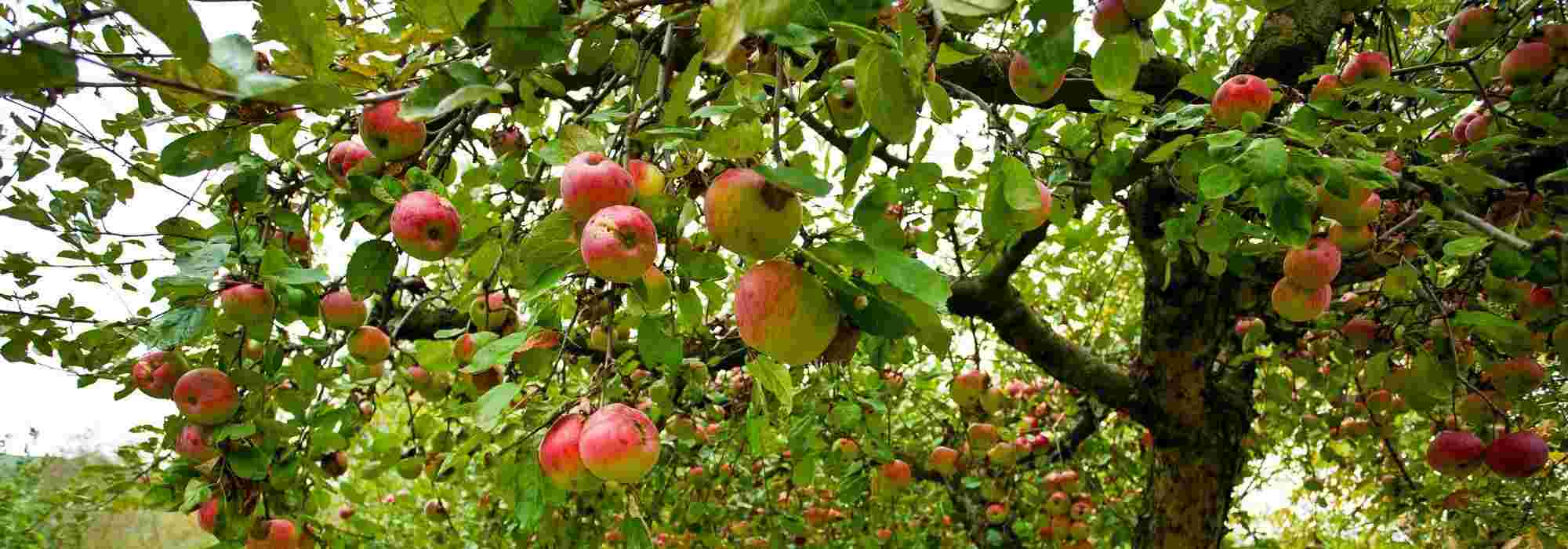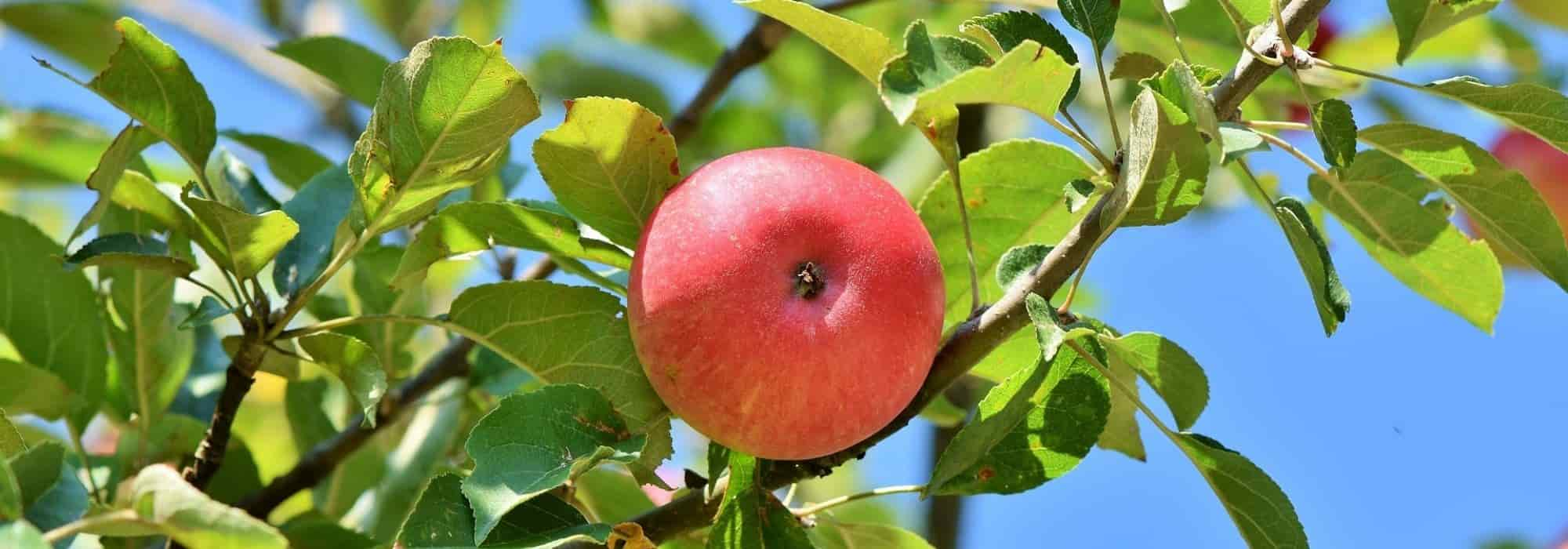

Common Chestnut - Castanea sativa Aspleniifolia


Common Chestnut - Castanea sativa Aspleniifolia
Common Chestnut - Castanea sativa Aspleniifolia
Castanea sativa Aspleniifolia
Sweet Chestnut, Spanish Chestnut
Special offer!
Receive a €20 voucher for any order over €90 (excluding delivery costs, credit notes, and plastic-free options)!
1- Add your favorite plants to your cart.
2- Once you have reached €90, confirm your order (you can even choose the delivery date!).
3- As soon as your order is shipped, you will receive an email containing your voucher code, valid for 3 months (90 days).
Your voucher is unique and can only be used once, for any order with a minimum value of €20, excluding delivery costs.
Can be combined with other current offers, non-divisible and non-refundable.
Home or relay delivery (depending on size and destination)
Schedule delivery date,
and select date in basket
This plant carries a 24 months recovery warranty
More information
We guarantee the quality of our plants for a full growing cycle, and will replace at our expense any plant that fails to recover under normal climatic and planting conditions.
Would this plant suit my garden?
Set up your Plantfit profile →
Description
The Castanea sativa 'Aspleniifolia' is a variety of chestnut tree with fern-like laciniate foliage. Slightly smaller than the species, it reaches a height of 15 to 20 m at maturity and its leaf shape is very different. They are linear to oblong and sometimes lanceolate, deeply cut and heavily toothed. Regularly, the leaves mutate and take on the typical chestnut shape. Like the common chestnut tree, it blooms in June with fragrant cream-white flowers and produces edible fruits. Plant it in an acidic, deep, and well-drained soil, in a large garden.
The chestnut tree belongs to the family Fagaceae. It is native to Southern Europe and the Mediterranean. The tree can reach up to 30 m in a few decades. In 15 years, it typically reaches about 10 metres, with a majestic habit and a beautiful rounded crown that provides shade in the summer. It blooms in June with long male aments and very discreet female flowers that bloom separately. It is a sought-after species because its wood withstands weather and time without treatment. Its fruits, chestnuts, have a shiny brown skin and a woody flavour, and are highly appreciated in autumn. You need gloves or a stick to remove them from their spiky burrs once they have fallen to the ground. They ripen in September or October. Enthusiasts roast them in a pan or make chestnut cream. They accompany stuffed turkey during the Christmas holidays. Do not confuse the chestnut tree with the horse chestnut, as the chestnuts from the horse chestnut tree are not edible!
The Castanea sativa 'Aspleniifolia' has very beautiful green leaves, linear to oblong, sometimes lanceolate, with a lamina bordered by very distinct teeth, deeply and irregularly cut. At the top of the young shoots, the narrowest leaves measure 1 cm wide. With a beautiful glossy green colour, they are occasionally speckled with light green or yellow. Smaller than the species, this variety reaches a height of 15 to 20 m at maturity. Its wide, rounded crown develops irregularly.
The Castanea sativa 'Aspleniifolia' thrives as a standalone tree in a large garden, in a deep soil that remains moist, neutral or acidic, but not chalky. It enjoys full sun or partial shade. It is highly hardy. For good fruit production, this tree needs the proximity of another chestnut species. Improved and productive fruit selections such as 'Marron de Lyon' or 'Marigoule' would be perfect for this purpose.
Plant habit
Flowering
Foliage
Botanical data
Castanea
sativa
Aspleniifolia
Fagaceae
Sweet Chestnut, Spanish Chestnut
Cultivar or hybrid
Other Chestnut trees
View all →Planting and care
The Castanea sativa Aspleniifolia should be planted in a deep and acidic soil, definitely not limestone. The planting hole should be much wider than the plant you are planting. Choose the location carefully, as the chestnut tree dislikes being transplanted. Do not bury the base of the trunk. Water it generously at the beginning to promote establishment. Pruning should be light, but in order to be able to pass underneath when it is mature, remove the lower branches as they grow. Avoid pruning branches that are too thick. Harvest takes place in October or at the end of September, split the fallen burrs on the ground by hitting them with a stick or open them with thick gloves to extract the chestnuts. These fresh fruits are perfect for making chestnut cream, but they can be kept all winter in a dry and well-ventilated place.
Planting period
Intended location
Care
Planting & care advice
This item has not been reviewed yet - be the first to leave a review about it.
Haven't found what you were looking for?
Hardiness is the lowest winter temperature a plant can endure without suffering serious damage or even dying. However, hardiness is affected by location (a sheltered area, such as a patio), protection (winter cover) and soil type (hardiness is improved by well-drained soil).

Photo Sharing Terms & Conditions
In order to encourage gardeners to interact and share their experiences, Promesse de fleurs offers various media enabling content to be uploaded onto its Site - in particular via the ‘Photo sharing’ module.
The User agrees to refrain from:
- Posting any content that is illegal, prejudicial, insulting, racist, inciteful to hatred, revisionist, contrary to public decency, that infringes on privacy or on the privacy rights of third parties, in particular the publicity rights of persons and goods, intellectual property rights, or the right to privacy.
- Submitting content on behalf of a third party;
- Impersonate the identity of a third party and/or publish any personal information about a third party;
In general, the User undertakes to refrain from any unethical behaviour.
All Content (in particular text, comments, files, images, photos, videos, creative works, etc.), which may be subject to property or intellectual property rights, image or other private rights, shall remain the property of the User, subject to the limited rights granted by the terms of the licence granted by Promesse de fleurs as stated below. Users are at liberty to publish or not to publish such Content on the Site, notably via the ‘Photo Sharing’ facility, and accept that this Content shall be made public and freely accessible, notably on the Internet.
Users further acknowledge, undertake to have ,and guarantee that they hold all necessary rights and permissions to publish such material on the Site, in particular with regard to the legislation in force pertaining to any privacy, property, intellectual property, image, or contractual rights, or rights of any other nature. By publishing such Content on the Site, Users acknowledge accepting full liability as publishers of the Content within the meaning of the law, and grant Promesse de fleurs, free of charge, an inclusive, worldwide licence for the said Content for the entire duration of its publication, including all reproduction, representation, up/downloading, displaying, performing, transmission, and storage rights.
Users also grant permission for their name to be linked to the Content and accept that this link may not always be made available.
By engaging in posting material, Users consent to their Content becoming automatically accessible on the Internet, in particular on other sites and/or blogs and/or web pages of the Promesse de fleurs site, including in particular social pages and the Promesse de fleurs catalogue.
Users may secure the removal of entrusted content free of charge by issuing a simple request via our contact form.
The flowering period indicated on our website applies to countries and regions located in USDA zone 8 (France, the United Kingdom, Ireland, the Netherlands, etc.)
It will vary according to where you live:
- In zones 9 to 10 (Italy, Spain, Greece, etc.), flowering will occur about 2 to 4 weeks earlier.
- In zones 6 to 7 (Germany, Poland, Slovenia, and lower mountainous regions), flowering will be delayed by 2 to 3 weeks.
- In zone 5 (Central Europe, Scandinavia), blooming will be delayed by 3 to 5 weeks.
In temperate climates, pruning of spring-flowering shrubs (forsythia, spireas, etc.) should be done just after flowering.
Pruning of summer-flowering shrubs (Indian Lilac, Perovskia, etc.) can be done in winter or spring.
In cold regions as well as with frost-sensitive plants, avoid pruning too early when severe frosts may still occur.
The planting period indicated on our website applies to countries and regions located in USDA zone 8 (France, United Kingdom, Ireland, Netherlands).
It will vary according to where you live:
- In Mediterranean zones (Marseille, Madrid, Milan, etc.), autumn and winter are the best planting periods.
- In continental zones (Strasbourg, Munich, Vienna, etc.), delay planting by 2 to 3 weeks in spring and bring it forward by 2 to 4 weeks in autumn.
- In mountainous regions (the Alps, Pyrenees, Carpathians, etc.), it is best to plant in late spring (May-June) or late summer (August-September).
The harvesting period indicated on our website applies to countries and regions in USDA zone 8 (France, England, Ireland, the Netherlands).
In colder areas (Scandinavia, Poland, Austria...) fruit and vegetable harvests are likely to be delayed by 3-4 weeks.
In warmer areas (Italy, Spain, Greece, etc.), harvesting will probably take place earlier, depending on weather conditions.
The sowing periods indicated on our website apply to countries and regions within USDA Zone 8 (France, UK, Ireland, Netherlands).
In colder areas (Scandinavia, Poland, Austria...), delay any outdoor sowing by 3-4 weeks, or sow under glass.
In warmer climes (Italy, Spain, Greece, etc.), bring outdoor sowing forward by a few weeks.






























